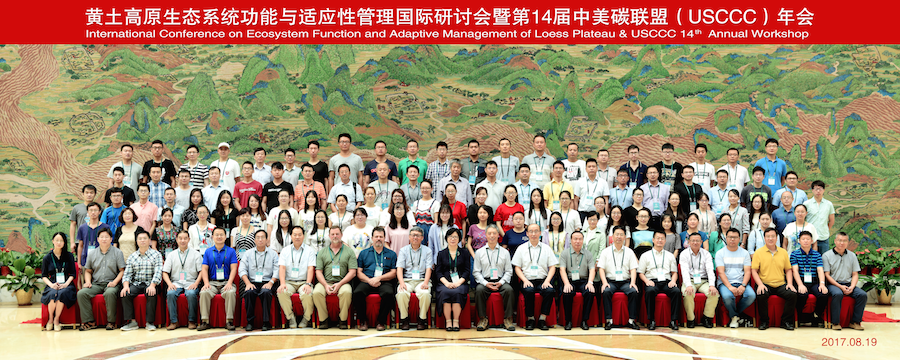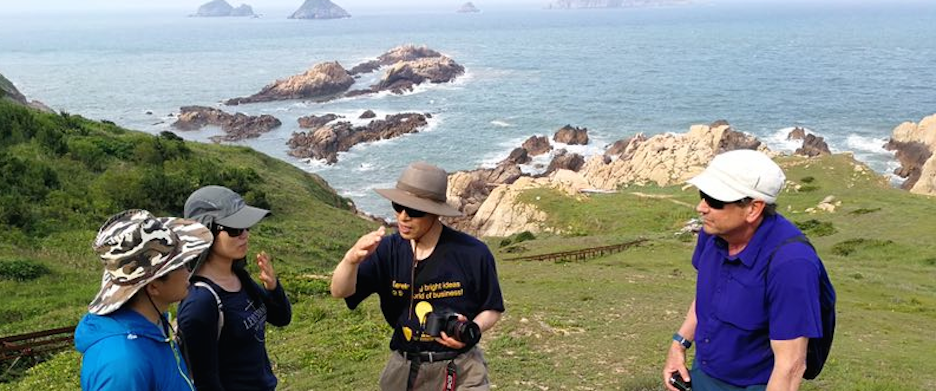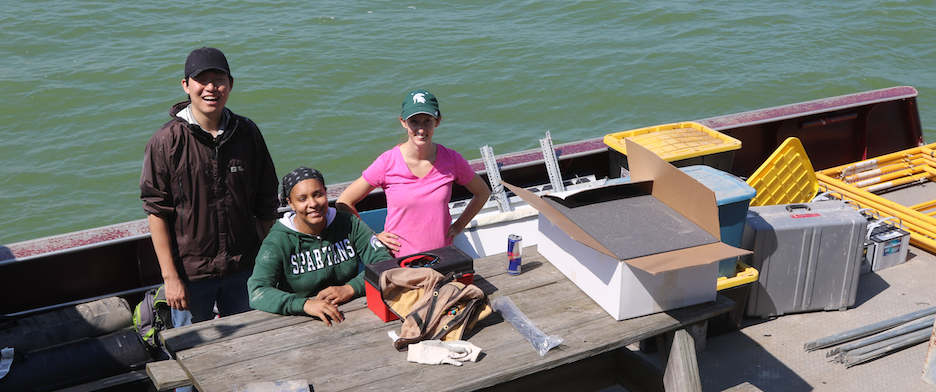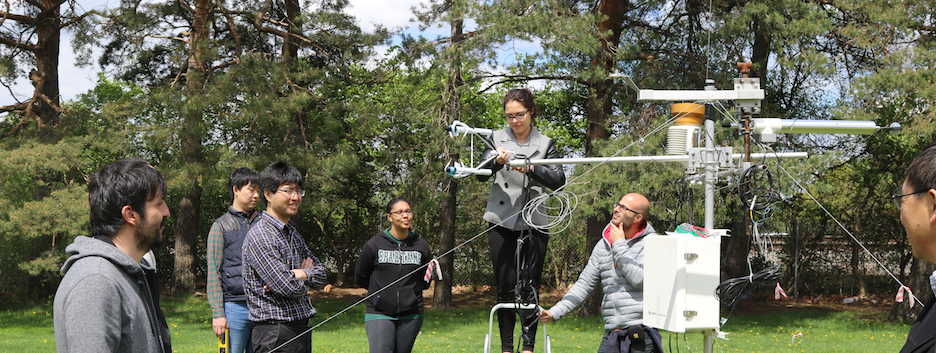 Welcome to the LEES Lab
Welcome to the LEES Lab
The LEES Lab at the CGCEO of Michigan State University, directed by
Dr.Jiquan Chen, is interested in scientific investigations and education on
fundamental ecosystem and landscape processes for understanding ecosystem
functions and management.
Our current studies are focused on the carbon and water cycles of
different ecosystems (grassland, desert, forest, cropland, wetlands,
freshwater) at multiple spatial and
temporal scales, bioenergy systems and resource uses, coupled interactions
and feedback between climatic change and human activities, and sustainable
management and conservation.
Our research projects, spreading mostly across North American and
Asian landscapes, are based on sound field experiments and monitoring
stations, state-of-the-art equipment and technology, modeling, and remote
sensing technology. The LEES Lab is also the home of book series on
"Ecosystem Science and Applications—ESA" for the Higher Education Press
(HEP) and De Gruyter. We maintain a high ethical and liberal standard for professional collaborations in research and education.
Featured Article
Urbanization on the Mongolian Plateau after economic reform: Changes and causes
Hogeun Park, Peilei Fan, Ranjeet John & Jiquan Chen
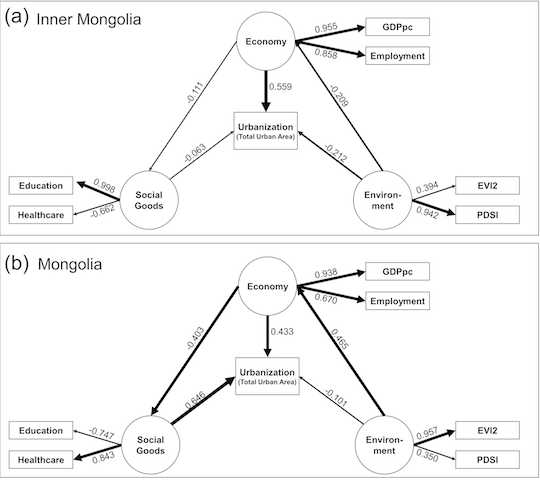
In response to changes in human and natural environments over the past three decades, transitional countries have experienced dramatic urbanization. In the context of socioeconomic and biophysical changes, our knowledge on these urbanization processes remains limited. Here, we used the Mongolian Plateau (i.e., Inner Mongolia (IM) and Mongolia (MG)) as a testbed and applied the coupled natural and human (CNH) concept to understand the processes and causes of urbanization. We selected six cities on the Mongolian Plateau, classified their urban built-up areas using Geographic Object-Based Image Analysis (GEOBIA) from 1990 through 2015, and examined the driving forces of urbanization (i.e., economy, social goods, and environmental variables) through Partial Least Squares Structural Equation Modeling (PLS-SEM).
We found that the spatial characteristics of urbanization in IM and MG have both similarities and differences. The cities in IM and MG have experienced rapid urban expansion, with urban areas increasing by 4.36 times and 3.12 times, respectively, since 1990. Cities in IM, however, were less dense and more sprawling whereas cities in MG were linearly aggregated. We also found through PLS- SEM that multiple driving forces affected urbanization in IM and MG during the transitional period. Results (path coef.) demonstrated that economic development (0.559) is a major driver for urbanization in IM, whereas social goods (0.646) and economic development (0.433) strongly influence urbanization in MG. These differences are likely due to the divergent governmental roles in urban development and in infrastructure/social support, as well as the differing economic structures in IM and MG.
Figure: The conceptual framework of this study.
Partial Least Squares Structural Equation Modeling (PLS-SEM) of socioeconomic and biophysical drivers on urbanization in both Inner Mongolia (IM) and Mongolia (MG). Latent variables are circular shapes, and measured variables are squares. The path coefficients describe the relationship between variables. The IM model illustrates that the economy is a major driver of urbanization (R2 = 0.422) whereas the MG model demonstrates that both economy and social goods drive urbanization (R2 = 0.342).
 Welcome to the LEES Lab
Welcome to the LEES Lab

